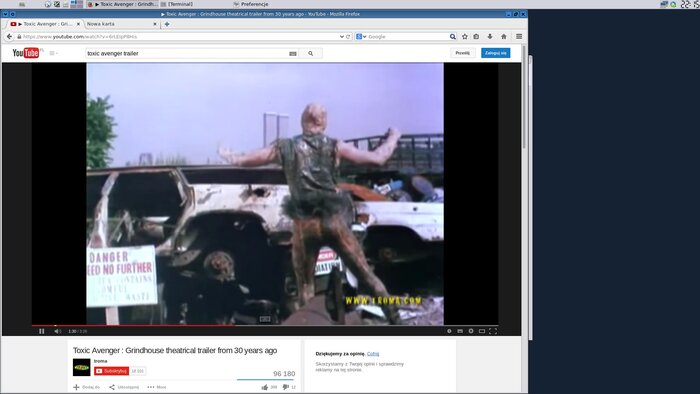For something about 15 years I was using Debian distribution and ones which derived from it (like Ubuntu). Basically whole time I used development versions of them and amount of issues was nearly not existing. Now I run Rawhide…
For those who do not know: Fedora world contains four distributions: Fedora, RHEL, CentOS and Rawhide. All new stuff goes to Rawhide which is then branched to make Fedora release. Every few years Red Hat forks released Fedora and uses it as a base for new RHEL release. Then CentOS guys create new release based on RHEL. At least this is how I see it — others will say “but rawhide is fedora”.
I think that the problem lies in development model. All new stuff goes to Rawhide but at same time nearly no one is using it anything can happen there. For example my KDE session lacks window decorations, Konsole5 freezes on any window resize and the common answer for such issues is “You should expect that in rawhide”.
Going into Fedora irc channels with questions is just waste of TCP/IP pockets because in a moment when you mention rawhide it is like everyone fired /ignore on you.
And it is some kind of fun (for some sick/weird definition of it) to watch how people start development of packages just after Fedora releases something. They upgrade and then start to seek what interesting happens in rawhide and can be built.
Each day I am closer to go back to Debian/Ubuntu for a desktop with just keeping Fedora in VM for development of some packages.
